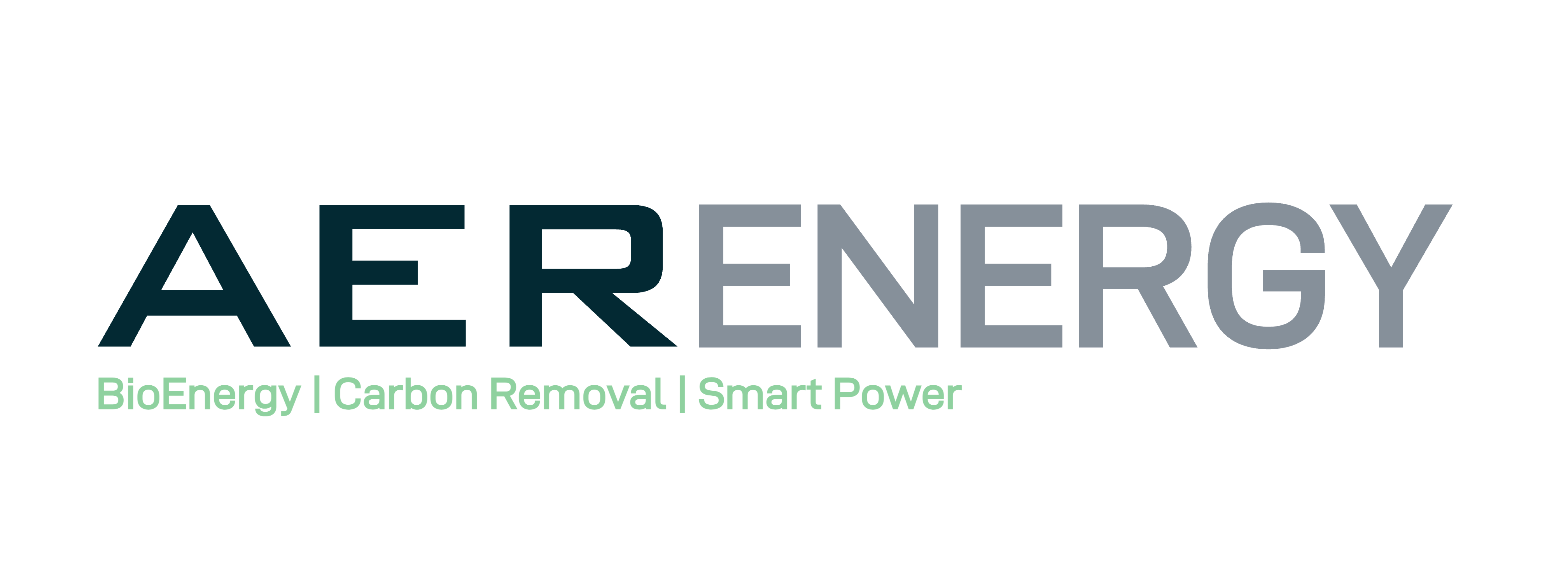Why Green Methanol Beats E-Methanol on Cost, Speed, and Carbon Impact
Executive Summary:
E-methanol made from green hydrogen is promising—but expensive, slow to scale, and hard to certify for carbon credits. Bio-methanol, produced from biomass syngas, offers a faster, cheaper, and more carbon-negative path forward. AER Energy’s modular bio-methanol systems are already being deployed across Asia-Pacific, delivering real carbon removal and verified credits today.
Two Pathways to Green Methanol
Green methanol comes in two main forms:
- E-Methanol:
- Made by combining captured CO₂ with renewable hydrogen (via electrolysis)
- Hydrogen is the dominant cost driver
- Requires grid upgrades, electrolyzers, and significant water input
- Bio-Methanol (AER’s approach):
- Produced from syngas generated by gasifying biomass or waste
- Syngas is upgraded and converted to methanol via catalytic synthesis
- Built-in carbon sequestration (via biochar and CO₂ capture)
Key Differences in Cost, Speed, and Climate Value
Why Bio-Methanol Wins for Climate and Capital
🔋 Lower Cost per Tonne
- Bio-methanol can be profitably produced and sold below US$500/t, compared to e-methanol’s higher floor
- Lower CapEx per litre of output, enabling faster market entry
🌱 More Carbon-Negative
- Verified removal of >3 tonnes CO₂e per tonne of biochar
- Lifecycle emissions net-negative, vs. marginal gains from electrolysis
🧱 Faster to Build, Easier to Site
- AER’s systems are containerized and modular
- Deployable at biomass sources, port cities, or industrial zones
- Fully self-sustaining — no external energy or hydrogen required
Real Deployment vs. Future Promise
Why AER’s Platform Is Built for Scale
AER Energy delivers:
- ⚙️ 20M+ litres/year per modular system
- ♻️ Biomass-to-syngas-to-methanol, in one integrated unit
- 📊 MRV-ready data collection and third-party verification
- 🌍 Pipeline of 500M litres across Australia and Asia-Pacific
Conclusion: Bio-Methanol Is the Practical Green Methanol
E-methanol may play a future role—but bio-methanol is ready now. AER’s systems combine affordability, scalability, and carbon removal to deliver real impact today. As the market matures, speed, carbon intensity, and deployability matter — and bio-methanol wins on all three.
Want to Learn More?
- 📄 Download the Bio vs. E-Methanol Brief
- 🤝 Join a JV or Fuel Offtake Partnership
- 💬 Book a Technical Call with Our Methanol Team

.png)
.png)
.png)